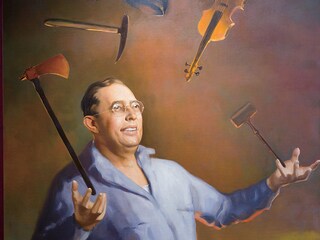The many faces of Harvey Mudd
Diversity strengthens—and nowhere has that lesson been better applied than on a tiny, geeky campus in southern California


To recruit them, Klawe pitched Mudd’s intimate 800-person campus at the base of southern California’s San Gabriel Mountains, its small class sizes and its greater diversity.
All of it seems to have paid off. PayScale, a Seattle company that collects and sells compensation data, shows that Mudd grads have higher early- and mid-career salaries than peers from Stanford, UPenn and Harvard.
While Klawe’s women-and-minorities plan received a generally positive reception at Mudd, detractors worried it would lower admission standards and tarnish Mudd’s reputation. It did the opposite. At No 18, Mudd has never ranked higher on Forbes’s annual list of the nation’s best colleges, and it has risen steadily from its No 52 spot on the first ranking in 2008 at least 25 percent of Mudd’s incoming freshmen received a perfect 800 SAT math score.
“It’s been my life goal for the past 20 years to change the face of science and engineering to be more representative of women and people of colour,” says Klawe, 66, a mathematician, painter and ex-dean of Princeton’s engineering school. “Mudd is my test kitchen.”
While her experiment has significantly changed Mudd, its curriculum remains true to the vision of its namesake founder, mining entrepreneur Harvey Mudd, who wanted to create a technical school with a firm grounding in the liberal arts. Every current Mudd student graduates with a bachelor of science degree but not before taking requisite classes like fluidity, a course co-taught by a math and an art professor on the science of liquids and their depiction in art. “Imagine that being taught at another school,” Klawe says.
First Published: Sep 25, 2017, 06:21
Subscribe Now